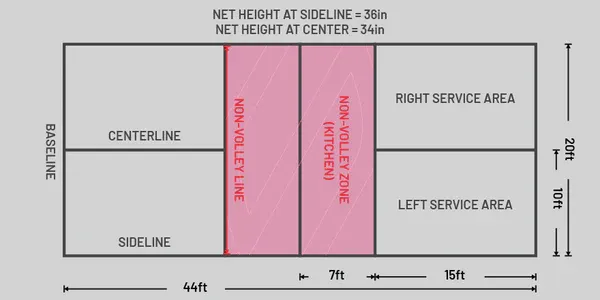Introduction to Singles Pickleball
Singles pickleball stands apart from its doubles counterpart in several key ways, including how players interact with the court and each other. Where doubles can capitalize on teamwork and shared responsibilities, singles forces players to take on the entire court alone. The essence of this format is encapsulated in its intimacy; only one player stands between you and the ball, demanding not just physical agility but also mental acuity. Players must navigate the court's full expanse, making each movement and shot all the more impactful.
The thrill of singles pickleball is akin to playing a high-stakes chess game. Every serve, every return, and every point requires careful thought and execution. The court coverage challenges players differently than doubles; there is no hiding behind a partner. Success in this format will not only enhance a player's tactical skills but also develops a greater understanding of the game as a whole. Those who learn the rules of singles are likely to improve their overall gameplay, enhancing their performance in both formats.
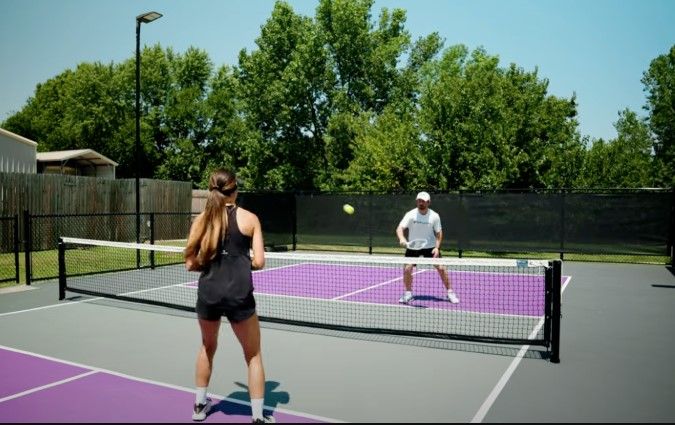
What makes singles unique?
The unique challenges of singles pickleball lie in both the physical and the psychological realms. Covering an entire court single-handedly means players must develop a keen sense of positioning and timing. The emotional rollercoaster that unfolds during a singles match can lead to exhilaration or frustration. Winning a point feels like a monumental achievement; conversely, losing one can feel disproportionately taxing.
As players continually move, shots must be more deliberate than in doubles, often leading to deeper strategic thought. The thrill of landing a well-aimed shot that exploits an opponent's weakness is incredibly rewarding. For beginners, diving into singles play presents a great opportunity to hone basic skills in a less chaotic environment where every shot carries weight.
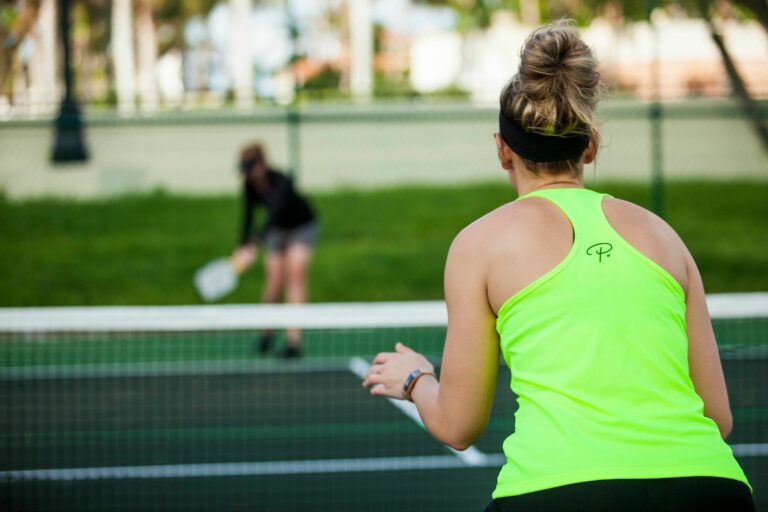
Singles Pickleball Court and Equipment
Understanding the court and the equipment is foundational for every pickleball player, especially those engaging in singles play. While the dynamics of singles may differ significantly from doubles, the court dimensions remain unchanged, ensuring players adapt their strategies for the spatial challenge.
The standard dimensions of a pickleball court are 20 feet wide and 44 feet long identical for both singles and doubles games. This uniformity means that singles players must manage the full width of the court, requiring effective footwork and agility. However, the extended court space can feel significantly larger for a single player, similar to playing a solo game on a basketball court where strategies must evolve to cover ground efficiently.
Additionally, the non-volley zone, commonly referred to as the kitchen, plays an important role in both singles and doubles formats. This designated area, which extends 7 feet from the net, is crucial for strategy and gameplay. In singles, players need to understand when to retreat into the kitchen to set up a volley, all while ensuring they do not enter this zone prematurely.
Gearing up for singles
To compete effectively, players must be equipped with the right gear. Here’s a checklist of essential items necessary for singles pickleball:
- Paddle: Choose the right weight and grip suited for personal comfort and control.
- Ball: Opt for the appropriate type, whether indoor or outdoor, depending on your playing venue.
- Footwear: Invest in good shoes designed specifically for court play to ensure traction and support.
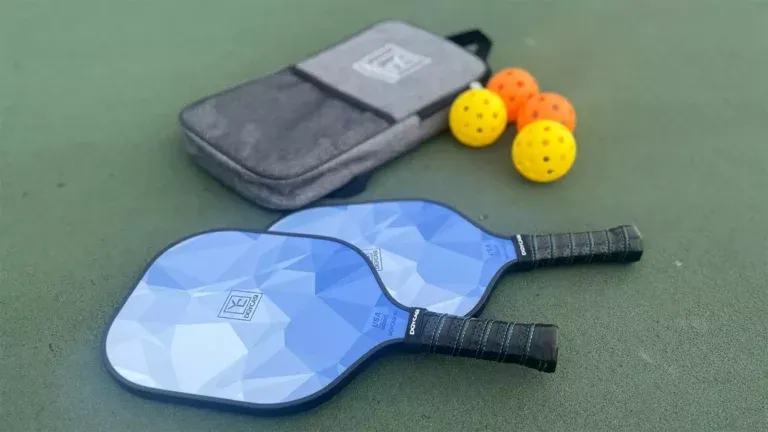
Moreover, attire does not need to coordinate with a partner in singles. Players can express their individual styles without worrying about team uniforms, allowing for a more personal approach to their game.
Serving in Singles Pickleball
Serving in singles pickleball is more than just a formality; it sets the tone for each rally. As the starting point for every point, understanding the nuances of serving can offer distinct advantages to the player who serves effectively.
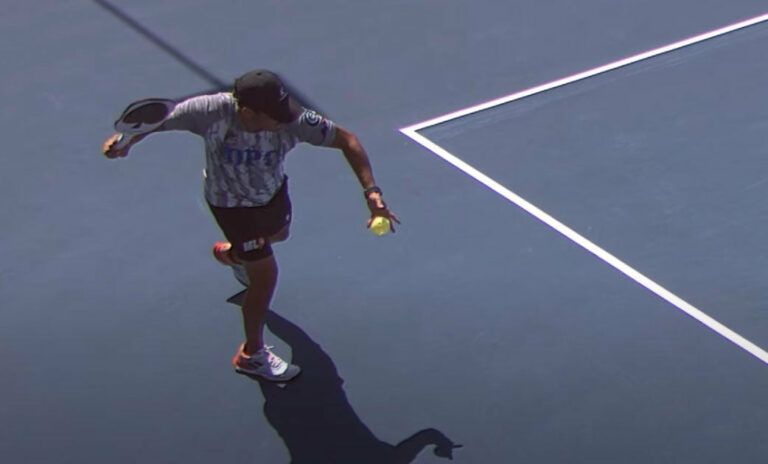
Serving basics
The serve initiates from the right side of the court; subsequent serves alternate sides based on the score. The beauty of this system lies in its simplicity: players serve from the right side when the score is even and from the left when odd. This pattern not only maintains order but also heightens the strategic component as players anticipate shifts in momentum.
Crucially, it’s essential to remember that in singles, only the serving player can score points. Therefore, enforcing a successful serving strategy can lead to a significant advantage, setting the stage for a higher chance of scoring.
Executing a legal serve
A legal serve in singles must comply with specific requirements:
- It must be delivered underhand, with the paddle striking the ball below the waist level, generally around navel height.
- It must land in the diagonally opposite service area, avoiding the non-volley zone.
The concept of a “let” serve a serve that hits the net but still passes into the correct service area without otherwise violating rules is also essential to understand. If this occurs, the serve is played again without penalty.
Understanding faults and side-outs
A fault can occur for various reasons, including executing an illegal serve (e.g., above the waist, out of bounds). Each time a fault is committed, it leads to a side-out, giving the opposing player the opportunity to serve. Recognizing these moments and their significance in match dynamics can profoundly affect a player’s focus and strategy.
Returning Serve in Singles Pickleball
Returning serve in singles is an art form that combines anticipation, positioning, and precision. While serving kicks off the play, the return can define the momentum moving forward.
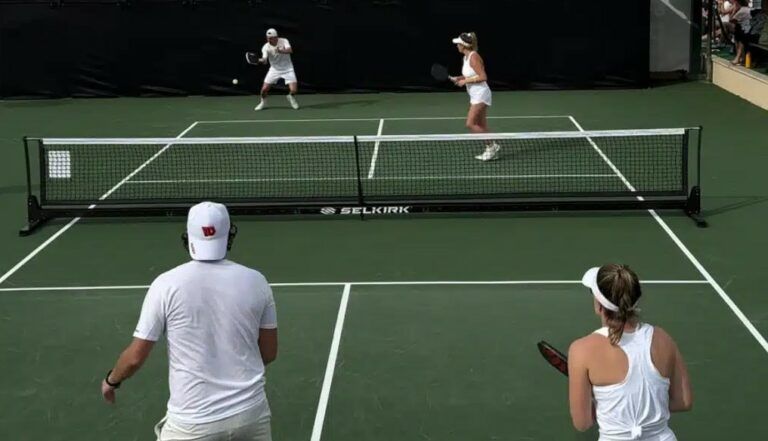
Mastering the double bounce rule
One of the fundamental components of returning in singles pickleball is mastering the double bounce rule. This rule states that both the serve and the return must bounce once before either player can volley the ball. This initial bounce creates a buffer, compelling players to remain patient and encouraging strategic decision-making.
Visualizing this rule can help solidify its importance. Imagine a vast dance stage where both players wait for the music (the bounce) before launching into their choreography (the volleys). Understanding this rhythm between serve and return is key to establishing control.
Strategic returning
Upon receiving a serve, effective positioning is key. Players should aim to return shots strategically, hitting deep and targeting their opponent’s weaker areas, often the backhand side. By concentrating on forcing their opponent into compromising positions, players can further exploit gaps and vulnerabilities, generating more opportunities to score points.
Scoring in Singles Pickleball
Understanding the scoring system in singles pickleball is critical for anyone engaged in the sport. Unlike certain racquet sports where both players can score, the mechanics of pickleball create unique dynamics around scoring.
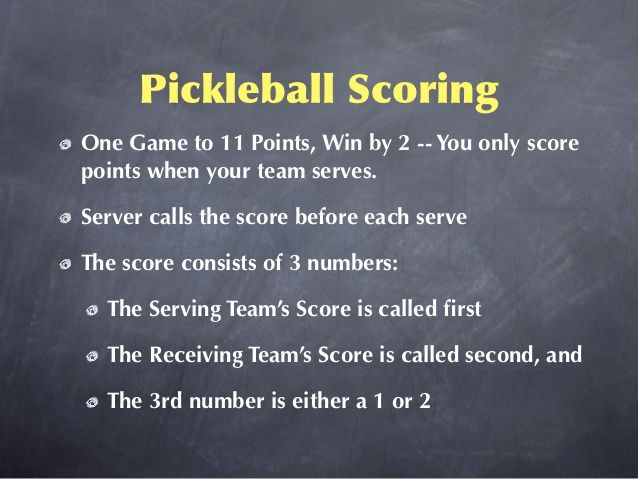
Keeping score
In singles, the format of scoring remains straightforward. Point totals are called out in a specific format, with the server's score stated first, followed by the receiver's score. This clarity eliminates confusion during fast-paced matches.
Winning the game
Games are typically played to 11 points, with a player needing to win by at least 2 points. However, casual or tournament games may extend to 15 or 21 points, depending on prior agreements between players. It is crucial to establish these guidelines before the match begins to ensure clarity throughout the gameplay.
Non-Volley Zone (Kitchen) Rules
Another defining aspect of singles pickleball is the non-volley zone, often referred to as the "kitchen." Understanding its rules is essential to play effectively.
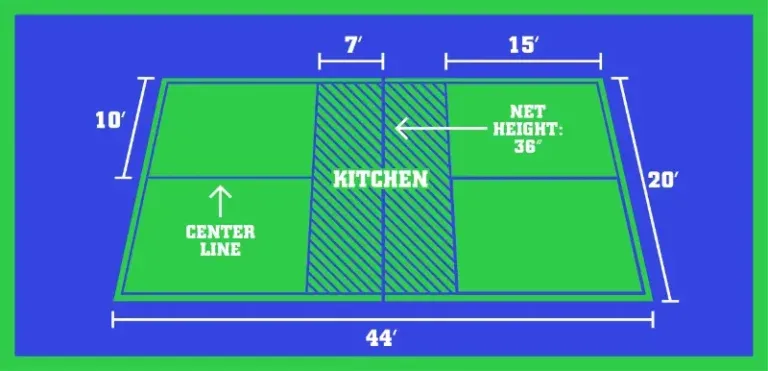
Navigating the kitchen
The non-volley zone extends 7 feet from the net on both sides. One of the most critical rules regarding this area is the prohibition against volleying while standing in or on this line. This means that players must ensure they are out of the kitchen before attempting to volley a ball.
Key considerations in the kitchen
One of the nuances of kitchen rules lies in how players can enter the zone. If a player strikes a ball that has bounced, they are free to step into the kitchen. However, after volleying the ball, the player must establish both feet outside of the kitchen line before attempting another volley. If momentum carries them back into the kitchen post-volley, it results in a fault. Understanding these details is vital for controlling the timing and positioning during a match.
Common Faults in Singles Pickleball
Even the most seasoned players will encounter faults during their gameplay. Recognizing common ones can aid in avoiding mistakes that disrupt flow and scoring.
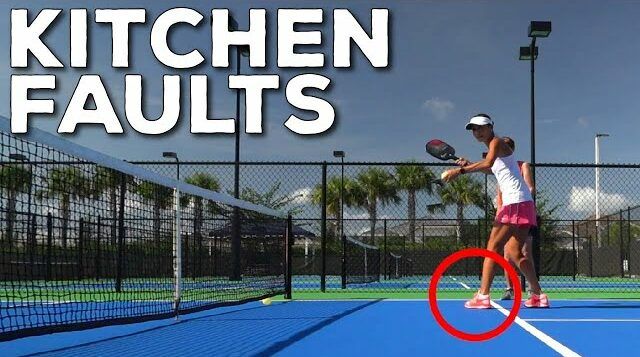
Serving faults
Common serving faults include stepping over the baseline during the serve, hitting the ball above the waist, or serving out of bounds. These faults can lead to significant shifts in momentum, so honing serving techniques through practice is fundamental.
Volleying violations
A running violation involves not only foul plays regarding the kitchen but also missteps during volleying. For instance, hitting the ball before it bounces or stepping onto the kitchen line while volleying are common errors that can quickly turn the tide of the game.
Other common faults
Players should also be aware of various other faults, such as infringing on the double bounce rule or accidentally touching the net with any part of their body or paddle. Even hitting the ball out of bounds can end a prospective point. Visual guides often serve as beneficial reminders of these critical areas.
Basic Singles Pickleball Strategies
Mastering singles pickleball extends beyond just adhering to rules; it involves employing effective strategies that can influence the outcome of a match.
Serving and returning with purpose
In singles, serves and returns need to be executed with intention. Players should focus on delivering deep serves to disrupt their opponent's positioning while pursuing depth in their returns to allow ample time to move into the kitchen or desired court area.
Specific strategies, such as targeting the middle of the baseline or focusing on the opponent's backhand, can be game-changers. Such techniques often yield higher reward opportunities throughout the match.
Controlling the center
Positioning is equally paramount in singles pickleball. Players should strive to control the center court position after each shot. By positioning centrally, players can respond to their opponent's moves more effectively, making it easier to cover both sides of the court.
Such positioning allows players to react dynamically, capturing the competitive edge necessary for seizing control of the match.
Shot selection and placement
In singles competition, shot variability is key to gaining an advantage. Employ techniques utilizing angles, passing shots, and drop shots to create openings in your opponent's defenses. Pay attention to opposing movements and shooting styles, as this insight allows for the exploitation of weaknesses.
Skinny Singles: A Fun Variation for Beginners
For newcomers to the sport or those simply seeking a refreshing take on traditional gameplay, skinny singles offers an alternative that can ease the learning curve while still fostering competition.
Understanding skinny singles
Skinny singles simplifies the game to just half of the court, creating a delightful variation where players can still engage in 1-on-1 matchups. Court divisions can be executed either down the line or cross-court, depending on players’ preferences and overall skill levels.
Benefits and drawbacks
For beginners, skinny singles reduces court coverage and enhances focus on shot development, making it great for honing fundamental skills. This simplified play also mimics some patterns found in doubles, allowing players to transition smoothly into more competitive formats.
However, it's crucial to understand that skinny singles is not a standard tournament format. Nonetheless, it provides an excellent platform for honing skills before stepping into the full dimensions of singles play.
Etiquette and Sportsmanship
Sportsmanship and etiquette are vital underpinnings of any sport, including pickleball. Respectful players foster better environments for competition.
Respecting your opponent
Treating opponents with respect and displaying good sportsmanship should be a priority for all players. This includes positive communication, acknowledging good shots from opponents, and maintaining a cordial demeanor throughout the match.
Fair play and line calls
Honesty in making line calls is paramount to fair play. Acknowledging when you are uncertain about a call and giving your opponent the benefit of the doubt is essential for maintaining the integrity of the game. Clear communication regarding disputes can alleviate tensions during competitive play.
Mental Game: Winning Starts in Your Mind
Beyond the physical facets of pickleball lies the mental game a critical component that separates good players from great ones.
Managing the pressure of singles
Playing singles often comes with an intensity that can be daunting. The psychological challenges of facing an opponent alone can elevate pressure levels significantly. Strategies should be utilized to manage nerves and boost confidence, including deep-breathing exercises and visualizations that promote focus.
Staying focused and positive
During play, long rallies can lead to distractions and mental fatigue. Techniques such as maintaining an inward dialogue that emphasizes positivity and focus can hugely impact the match's outcome. Remaining engaged in the game not only assists in reaction times but also cultivates a growth mindset.
In conclusion, mastering the rules and strategies of singles pickleball enriches the experience of players and elevates their game to new heights. The blend of physical and mental challenges provides an engaging and dynamic sport that can be enjoyed for a lifetime. Knowing the intricacies of both rules and strategies will not only enhance your skill set but also make every match an exciting pursuit of competition and camaraderie. Whether you’re a seasoned player or just embarking on your pickleball journey, understanding the facets of singles play can transform your approach and appreciation of this deeply engaging sport.


